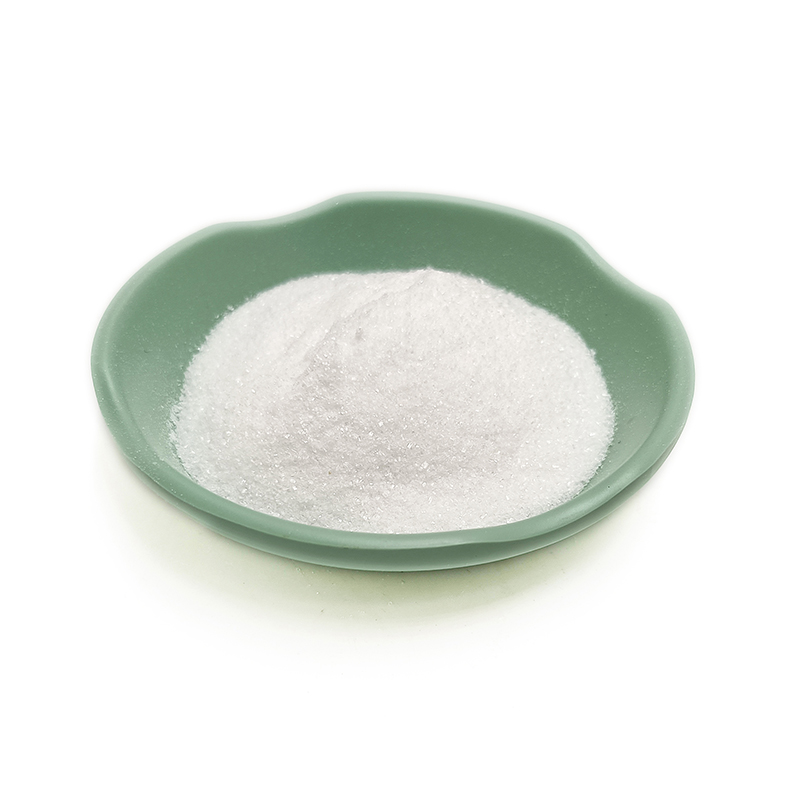Description
English name L(+)-Tartaric acid
English synonym FEMA3044; DIHYDROXYSUCCINICACID; DEXTROTARTARICACID; ACIDUMTARTARICUM; 2,3-DIHYDROXYDUTANEDIOChemicalbookICACID; 2,3-DIHYDROXYBUTANEDIOICACID; (2R,3R)-(+)-TARTARICACID; (2R,3R)-2,3-DIHYDROXYSUCCINICACID
CASNo. 87-69-4
Molecular formula C4H6O6
Molecular weight 150.09
Melting point 170-172 C (lit.)
Specific rotation 12 (c = 20, H2O)
Boiling point is 191.59°C (rough estimate)
Density 1.76
Flash point 210°C
Storage conditions storeat+5 CTO+30 C.
Solubility 20°C Solubility in water is 1M, colorless and transparent.
The acidity coefficient (PKA) is 2.98 and 4.34 (at 25℃).
White or colorless powder
PH3.18(1mMsolution); 2.55(10mMsolution); 2.01(100mMsolution)
Odor is tasteless.
Uses As an antioxidant added to food, it can make food sour. The biggest use of tartaric acid is beverage additive. It is also a raw material for pharmaceutical industry. Tartaric acid is an important auxiliary and reducing agent in mirror industry, which can control the formation speed of silver mirror and obtain a very uniform Chemicalbook coating. Used as biochemical reagent, masking agent and beer foaming agent, and also used in tanning industry. L(+)- tartaric acid is widely used as an acidulant for drinks and other foods, such as wine, soft drinks, candy, bread and some gelatinous sweets. Mainly used as souring agent, resolving agent and pharmaceutical raw materials.



Reviews
There are no reviews yet.